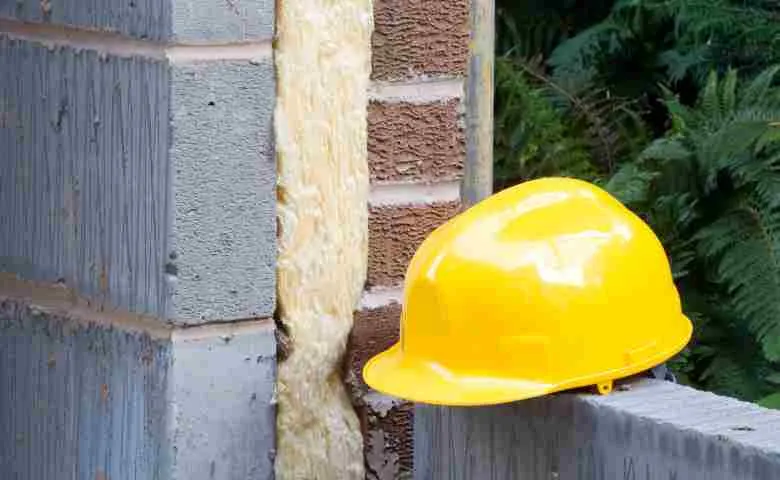Last Updated on August 22, 2023 by Admin
Cavity wall insulation is a popular method used in modern building practices. If done correctly, it contributes significantly to energy efficiency and enhanced environmental control within homes and commercial buildings.
While filling the space between interior and exterior walls is an effective approach to insulation, this method has its downfalls if the necessary steps aren’t taken – namely, the provision of proper ventilation.
In this article, we’ll discuss how best to go about ventilating cavity wall insulation and why it’s so crucial.
Understanding the need for ventilation
One of the main benefits of cavity wall insulation is that it provides a seal which slows the movement of heat through the walls, reducing energy loss from within.
Where there is heat there is often moisture. When the insulating material gets damp, this increases the risk of mould and mildew which can grow exponentially and reduce the effectiveness of insulation.
If unidentified and untreated, mould can spread across a home and cause complications with structural elements. Ventilation helps to reduce this risk.
Types of ventilation systems
Moisture can reach the insulation in many ways, including cracks in the walls and leaks from within the building. Different ventilation systems can help to foster adequate air exchange and moisture release to keep insulation dry.
The most common types of cavity wall ventilation are cavity trays, weep vents and permeable insulation materials. These allow air and moisture to escape from the cavity without impacting the insulating benefits.
If you’re unsure about which you need, speak to a cavity wall specialist to determine the best fit for your property.
Best practices for ventilation in cavity wall insulation
Installation of cavity insulation and ventilation should be carried out by a professional to ensure everything is done in accordance with building regulations.
Beforehand, a survey of the walls should be done to identify problem areas and inspections should be carried out regularly after to look for any signs of damage. Once fitted, insulation shouldn’t need to be maintained if the walls are weatherproof.
Issues with your cavity wall or the insulation inside could be a signal of poor work from a tradesperson. The potential financial and health consequences of moisture and mould may be significant, so you could make a cavity wall negligence claim against your contractor if their work is at fault.
Benefits of proper ventilation
With effective cavity wall ventilation, you’ll be able to boost your energy efficiency while keeping oocupants safe and healthy. Furthermore, you can reduce the risk of condensation, moisture and mould in your home and walls, leading to lower maintenance costs down the line.
Related Posts:
- What is HVAC? Career and Job Opportunities in HVAC
- Thermal Bridging: Everything you need to know about
- Interesting Facts About How Composite Materials Are Manufactured
- Importance of Routine Plumbing Inspections
- 150 Interview Questions and Answers on Building Materials and Techniques
- Why Is There a Burning Smell When I Turn on the Heat?


